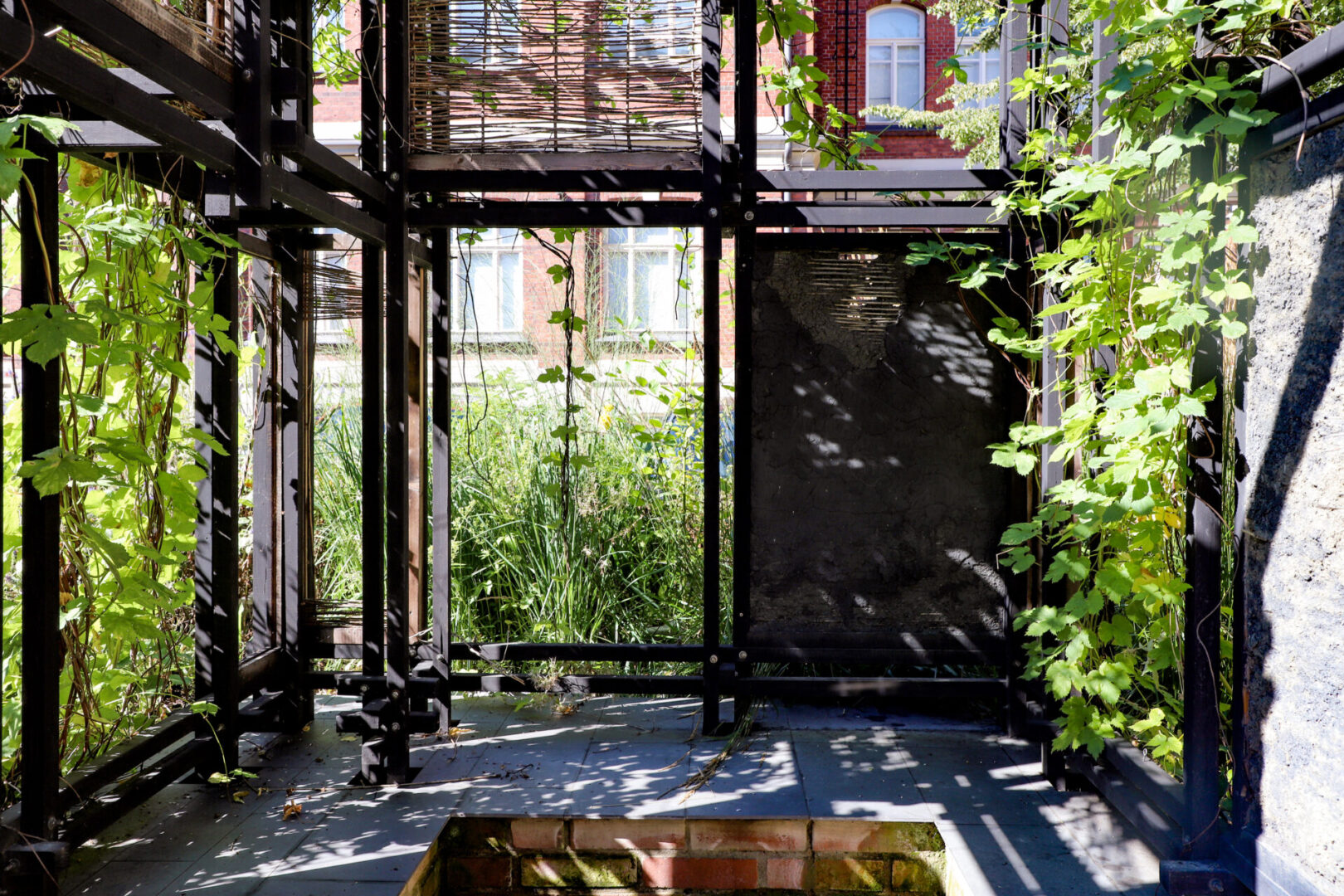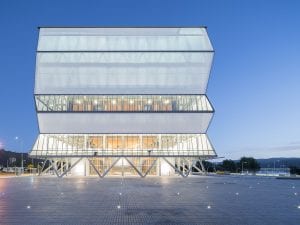Design is no longer a passive act of aesthetics or function. It is evolving into a critical framework for coexistence – a lens through which we reconsider our role within the intricate web of life on Earth. More than Human, the latest exhibition at the Design Museum in London, charts a compelling new path for design in the 21st century: one grounded in collaboration, empathy and shared survival across species. This is not design in service of human mastery over nature; it is design in service of planetary kinship.
The movement behind more-than-human design emerges from a necessary disassembly of human exceptionalism. It challenges the legacy of western-centric ideologies that have long cast the natural world as a passive resource. Instead, it offers a reframing – design as stewardship and dialogue. Artists, architects and researchers are now reorienting their practices to reflect interspecies cohabitation and ecological reciprocity. The result is a radical and hopeful redefinition of what design can do – and whom it is for.
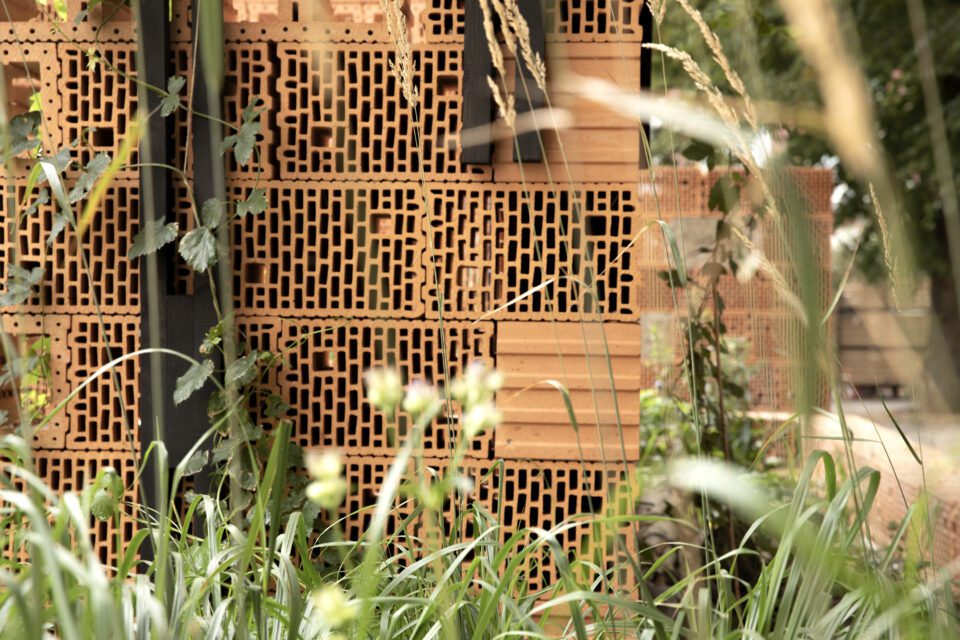
This ambitious exhibition stands on the shoulders of several recent milestones at the Design Museum. In 2023, The Future of Fashion: Reimagining the Wardrobe addressed the sustainability crisis in textile production, engaging audiences in systems-thinking and material innovation. In 2024, Waste Age: What Can Design Do? invited reflection on consumer culture, examining circular economies and regenerative practices. These shows extended design’s influence into pressing social and environmental conversations. More than Human continues this trajectory with unprecedented depth, positioning design not as a tool for climate mitigation alone, but as a medium for multispecies flourishing.
Curated by Justin McGuirk and Rebecca Lewin in partnership with Future Observatory – the museum’s national research programme – More than Human spans over 140 works from 50 international artists, designers and architects. The show is conceptually rigorous and richly textured, featuring commissions that evoke sensory wonder and speculative futures alike. A monumental exhibition of scale and scope, it is both cultural landmark and critical intervention. The exhibition unfolds in three interconnected chapters. The first, Being Landscape, foregrounds the idea that humans are inseparable from the ecosystems they inhabit. Brazilian artist Solange Pessoa presents paintings that dissolve the borders between bodies, evoking Indigenous animism and vegetal sentience. Nearby, a mural by MOTH (More Than Human Life Project) stretches across eight metres, illustrating global efforts to award legal personhood to rivers. This expansive work, a collaboration between lawyer César Rodriguez-Garavito, writer Robert Macfarlane and illustrator Elena Landinez, captures the movement to codify nature’s agency into law.
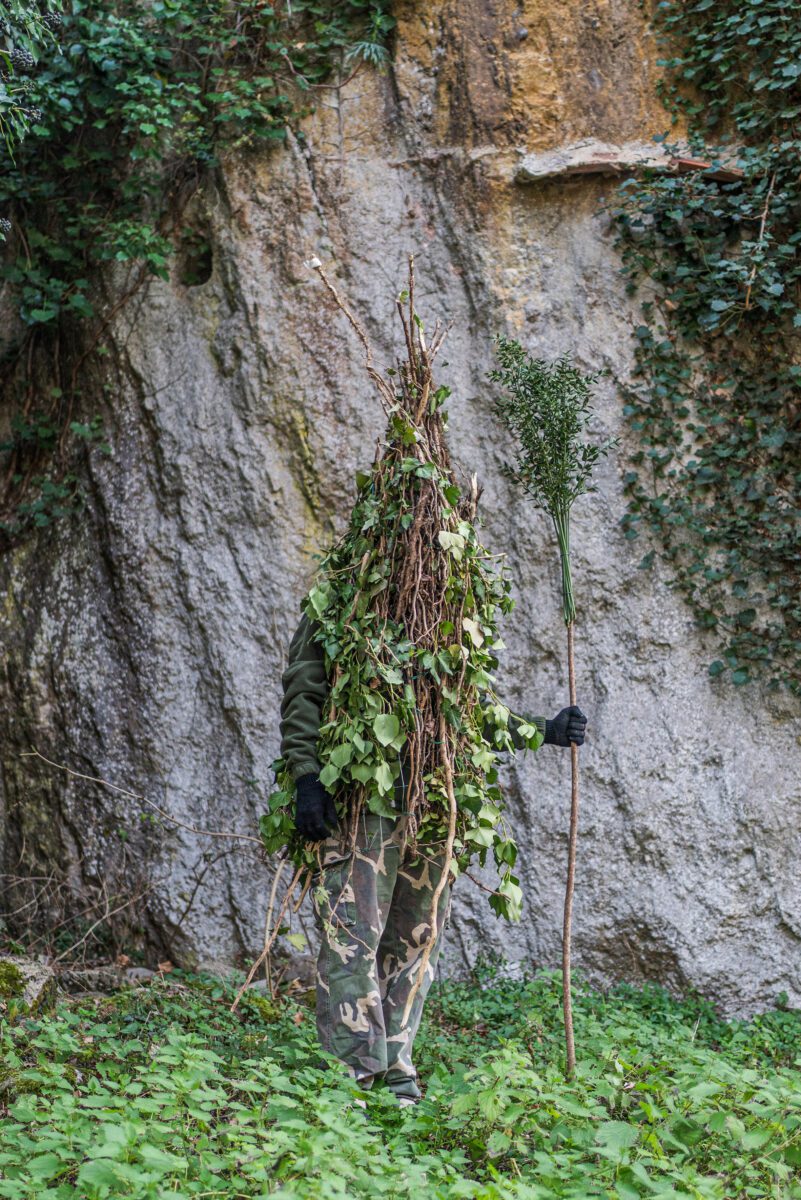
The sense of deep-time knowledge continues in the work of Hélio Melo, a rubber tapper turned artist whose painting – on loan from Pinacoteca do Estado de São Paulo – documents the encroachment of agribusiness on Amazonian life. In contrast, British artist Jonathan Baldock references European paganism with bronze cornhusk masks, drawing from rural Kentish traditions. Through these juxtapositions, Being Landscape unearths a global archive of ecological intimacy, reclaiming craft, ritual and resistance as acts of environmental solidarity. The next section, Making with the World, turns toward practice. Here, design becomes a method of repair and reinvention. Traditional fishing traps from the Nicobar Islands to coastal Britain are displayed with contemporary marine innovations. Reef Design Lab’s Living Seawalls and Modular Artificial Reef Structure II demonstrate how biomimetic design can restore oceanic ecosystems. These works point to ancestral ingenuity and modern science as co-conspirators in ecological care.
On land, the Alusta Pavilion – first built in Helsinki in 2022 by Elina Koivisto and Maiju Suomi – is reconstructed as an urban refuge for humans and insects alike. Made with unfired insulation bricks, the structure encourages biodiversity while offering shelter in dense urban zones. Johanna Seelemann’s Oase project reimagines terracotta irrigation vessels inspired by fuel tanks, adapting ancient techniques for modern cities. The cumulative effect of these works is one of pragmatic optimism: design can indeed participate in the healing of land, sea and sky. The final chapter, Shifting Perspective, dives into the perceptual worlds of nonhuman species. Japanese artist Shimabuku’s Sculpture for Octopuses invites octopuses to engage with coloured glass orbs — an artwork shaped by their reactions rather than ours. Nearby, nests from ants, wasps and birds are displayed as architectural marvels, inviting awe and respect.
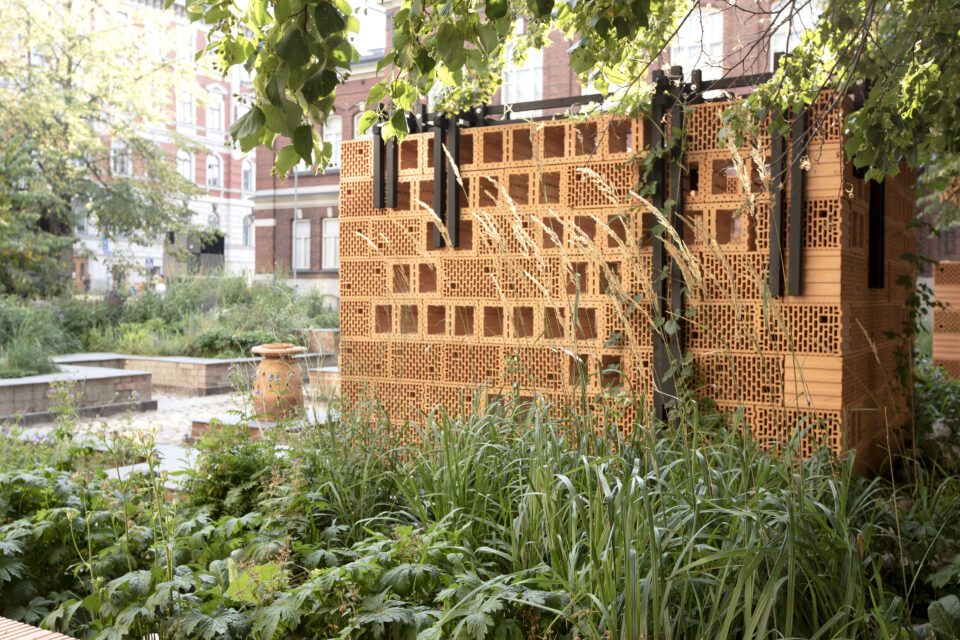
Amongst the most compelling commissions in the exhibition is Pollinator Pathmaker by Alexandra Daisy Ginsberg, a vibrant tapestry envisioned from the vantage of a bee. Based on an algorithm developed in collaboration with the Eden Project, the work designs gardens tailored to pollinators’ preferences. It is both imagined landscape and call to action – a model for decentralised, species-conscious design. Ginsberg’s work, alongside new contributions from Paulo Tavares and Feifei Zhou, exemplifies how scientific research and speculative art can coalesce into a potent, future-oriented practice.
The exhibition’s finale is Julia Lohmann’s Kelp Council, a vast seaweed installation suspended from the ceiling like a ceremonial henge. It surrounds visitors with the scent and tactility of marine life, transforming algae into monument and mediator. Lohmann’s work critiques human dominance while celebrating the potential of plant-based design, offering an immersive reminder of our entanglement with other lifeforms. At its core, More than Human is a declaration: design is not neutral. It is always implicated in the relationships it facilitates – or denies. This exhibition does more than celebrate design as a cultural force; it makes a compelling argument for its moral and ecological recalibration.
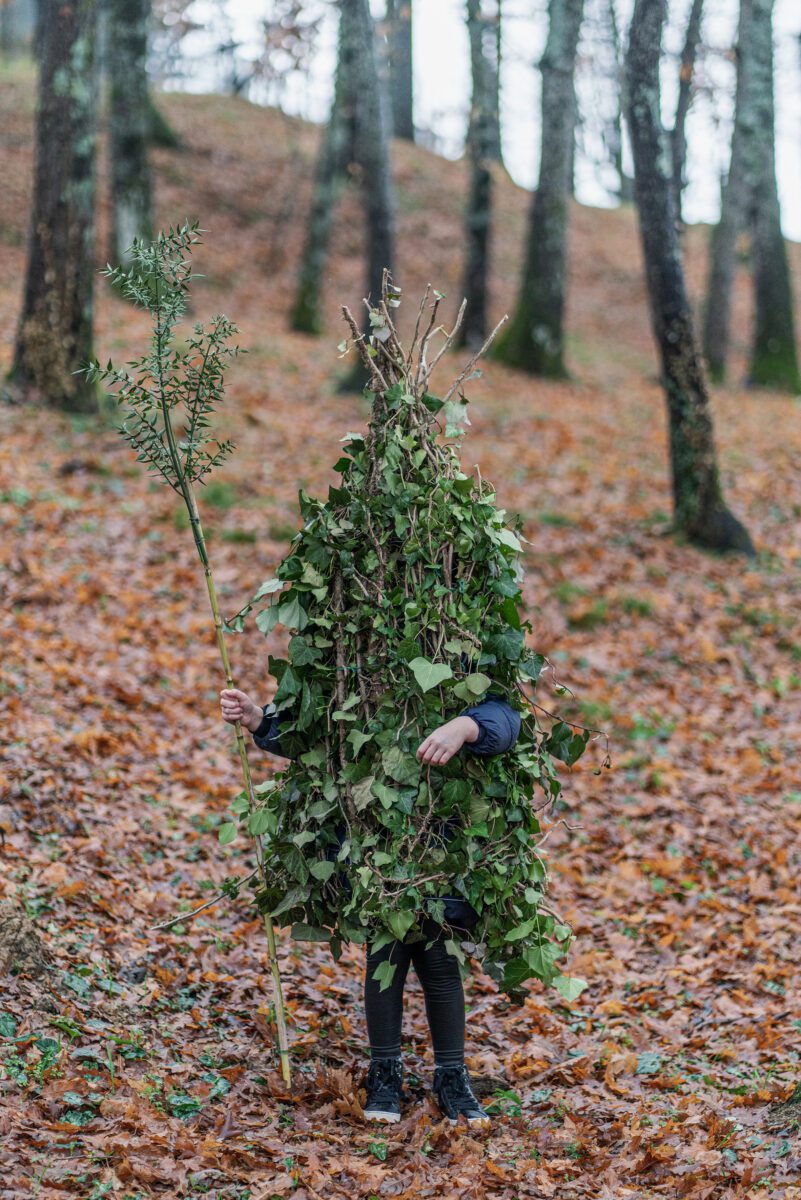
The Design Museum as a national hub for environmentally engaged practice through exhibitions, events and academic partnerships. More than Human is the culmination of this effort, a proof of concept and a proposition for design’s future. Director Tim Marlow summarises it clearly: “It’s important to shift perspectives from a human-centric view of the world to one closer to nature … a landmark exhibition in every sense.” In an age of climate emergency, cultural institutions must do more than mirror back our anxieties – they must forge new imaginaries. More than Human succeeds in doing precisely this. It dares to envision a world not designed for us alone, but for all who dwell within it.
More Than Human is at the Design Museum until 6 October: designmuseum.org
Words: Anna Müller
Image credits:
1. Alusta Pavilion. Photo by Maiju Suomi.
2. Alusta Pavilion. Photo by Maiju Suomi.
3. RUMITA, 2024. Photography by Federico Borella and Michela Balboni.
4. Alusta Pavilion. Photo by Maiju Suomi.
5. RUMITA, 2024. Photography by Federico Borella and Michela Balboni.


